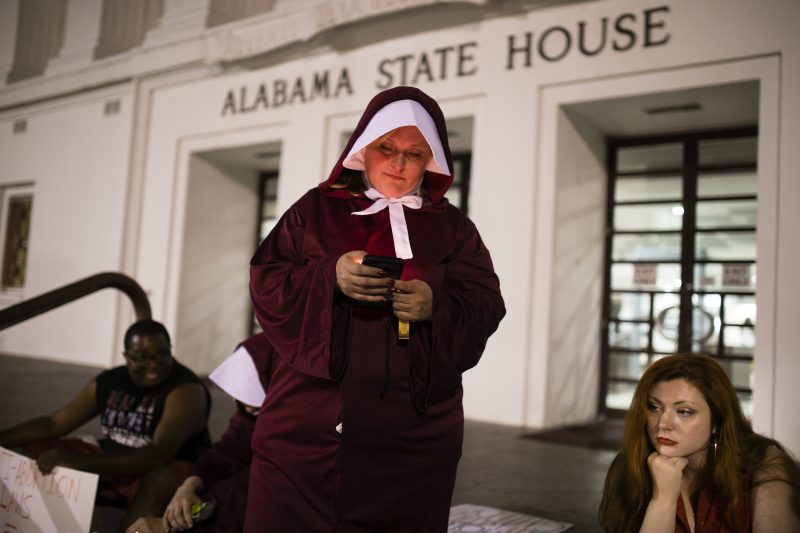The office of Alabama Attorney General Steve Marshall presented a remarkable argument earlier this week: It was empowered to charge women who seek abortions out of state with criminal conspiracy.
“An elective abortion performed in Alabama would be a criminal offense,” the office wrote in a legal filing, “thus, a conspiracy formed in the State to have that same act performed outside the State is illegal.”
The argument predictably triggered a pointed outcry. After the Supreme Court overturned Roe v. Wade, Alabama was among the states to make the practice illegal, in keeping with Republican rhetoric that the repeal of Roe empowered states to adopt their own positions. But this extends further, potentially applying local criminal sanction on something that, in other states, remains legal. It’s as though Alabama has unilaterally implemented a national abortion ban for Alabama residents.
Before the repeal of Roe, Alabama was a state in which it was already increasingly difficult to obtain an abortion. The number of providers had shrank to a handful as the state passed laws aimed at making it harder for abortions to be obtained in the state.
The Centers for Disease Control and Prevention (CDC) collects data on where abortions are performed and those who receive the procedure. The data is spotty, with states at times not reporting all or part of the information. The most recent numbers, though, give a good sense of how often Alabamians were heading out of state to obtain abortions — and how that changed over the prior decade.
The tool below shows where out-of-state abortions were performed in both 2011 and 2020. For some states, particularly those where abortion was broadly legal and accessible, there are few people seeking abortions out of state. Use the drop-down menus to see the data in different ways.
Show out-of-state abortions conducted for residentsin the state of AlabamaAlaskaArizonaArkansasCaliforniaColoradoConnecticutDelawareDistrict Of ColumbiaFloridaGeorgiaHawaiiIdahoIllinoisIndianaIowaKansasKentuckyLouisianaMaineMarylandMassachusettsMichiganMinnesotaMississippiMissouriMontanaNebraskaNevadaNew HampshireNew JerseyNew MexicoNew YorkNorth CarolinaNorth DakotaOhioOklahomaOregonPennsylvaniaRhode IslandSouth CarolinaSouth DakotaTennesseeTexasUtahVermontVirginiaWashingtonWest VirginiaWisconsinWyoming
as a raw countpercentage of the total in 20112020.
In 2011, Alabama reported nearly 8,000 in-state abortions. By 2020, that was down to 4,838. The number of abortions obtained by Alabamians in other states, though, increased from about 1,000 in 2011 to more than 3,700 in 2020. (The 2011 data don’t include abortions obtained in Florida, though in 2017, the first year in the time series where Florida data are available, only about 500 Alabamians obtained abortions in that state.)
For states where the CDC recorded both in- and out-of-state procedures in 2020, those which voted most heavily for Joe Biden saw about 6 percent of recorded abortions performed out of state on average. Those which voted most heavily for Donald Trump — including Alabama — saw a third of the procedures completed in other states.
Now Alabama’s attorney general seeks to shrink that loophole.

